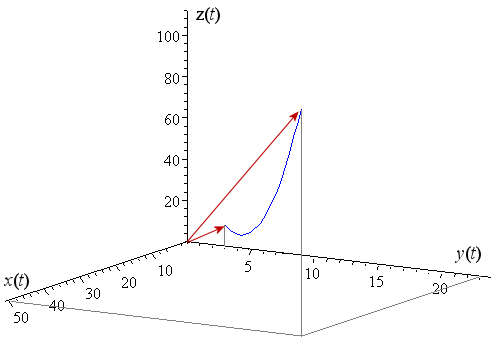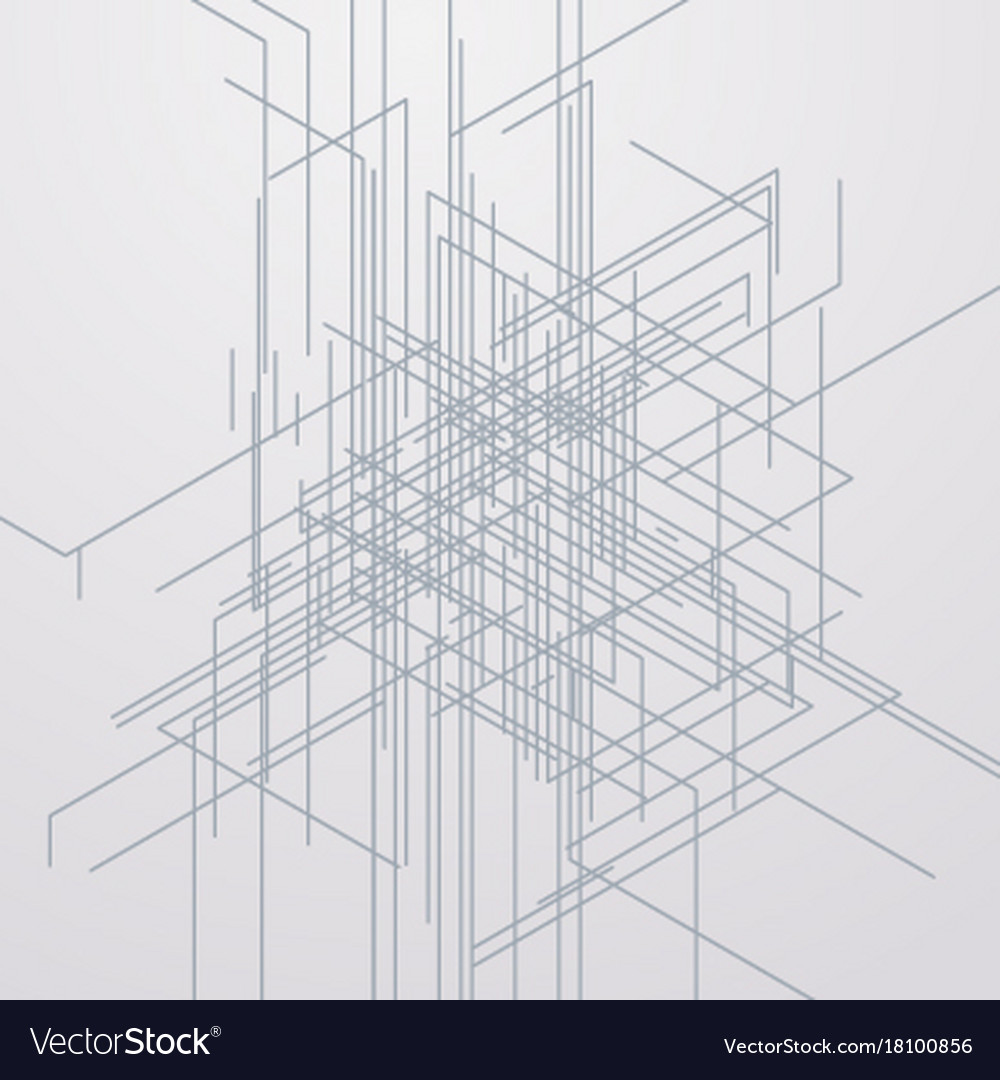

X_train = lda.fit_transform(X_train, y_train) Take a look at the following script: from sklearn.discriminant_analysis import LinearDiscriminantAnalysis as LDA The LinearDiscriminantAnalysis class of the sklearn.discriminant_analysis library can be used to Perform LDA in Python.
#Linear image vectorizer code#
It requires only four lines of code to perform LDA with Scikit-Learn. Execute the following script to do so:įrom sklearn.preprocessing import StandardScaler X_train, X_test, y_train, y_test = train_test_split(X, y, test_size= 0.2, random_state= 0)Īs was the case with PCA, we need to perform feature scaling for LDA too. The following code divides data into training and test sets: from sklearn.model_selection import train_test_split the feature set to X variable while the values in the fifth column (labels) are assigned to the y variable.

The above script assigns the first four columns of the dataset i.e. The following code divides data into labels and feature set: X = Once dataset is loaded into a pandas data frame object, the first step is to divide dataset into features and corresponding labels and then divide the resultant dataset into training and test sets. The rest of the sections follows our traditional machine learning pipeline: Importing Libraries import numpy as np The information about the Iris dataset is available at the following link: In this section we will apply LDA on the Iris dataset since we used the same dataset for the PCA article and we want to compare results of LDA with PCA. Like PCA, the Scikit-Learn library contains built-in classes for performing LDA on the dataset. Let us now see how we can implement LDA using Python's Scikit-Learn. These new dimensions form the linear discriminants of the feature set. The new dimensions are ranked on the basis of their ability to maximize the distance between the clusters and minimize the distance between the data points within a cluster and their centroids. It then projects the data points to new dimensions in a way that the clusters are as separate from each other as possible and the individual elements within a cluster are as close to the centroid of the cluster as possible. LDA tries to find a decision boundary around each cluster of a class. Unlike PCA, LDA tries to reduce dimensions of the feature set while retaining the information that discriminates output classes. Since the variance between the features doesn't depend upon the output, therefore PCA doesn't take the output labels into account. The role of PCA is to find such highly correlated or duplicate features and to come up with a new feature set where there is minimum correlation between the features or in other words feature set with maximum variance between the features. Such features are basically redundant and can be ignored. In a large feature set, there are many features that are merely duplicate of the other features or have a high correlation with the other features. PCA tries to find the directions of the maximum variance in the dataset. In simple words, PCA summarizes the feature set without relying on the output. PCA has no concern with the class labels. However, PCA is an unsupervised while LDA is a supervised dimensionality reduction technique.

PCA vs LDA: What's the Difference?īoth PCA and LDA are linear transformation techniques. But first let's briefly discuss how PCA and LDA differ from each other. In this article we will study another very important dimensionality reduction technique: linear discriminant analysis (or LDA). In our previous article Implementing PCA in Python with Scikit-Learn, we studied how we can reduce dimensionality of the feature set using PCA.


 0 kommentar(er)
0 kommentar(er)
